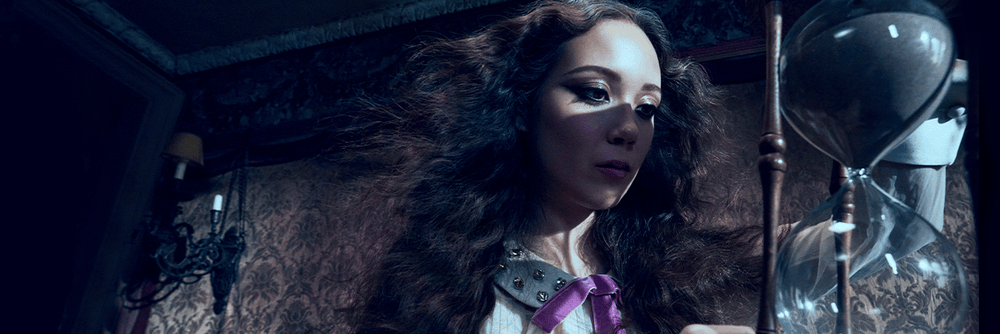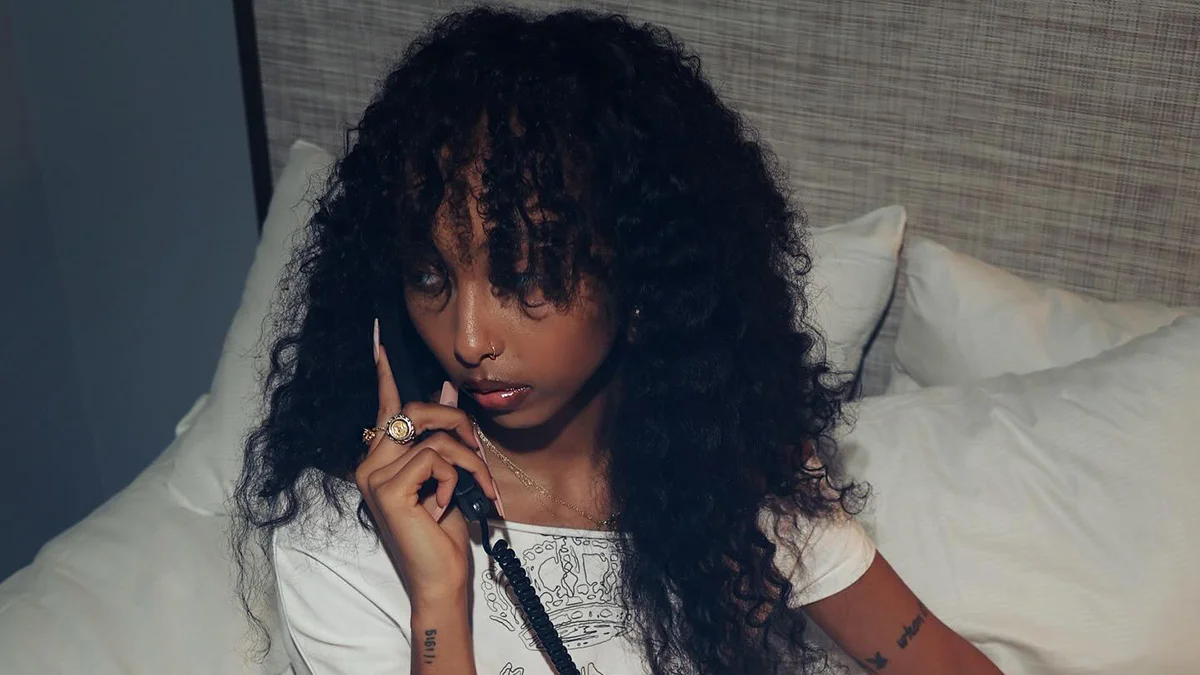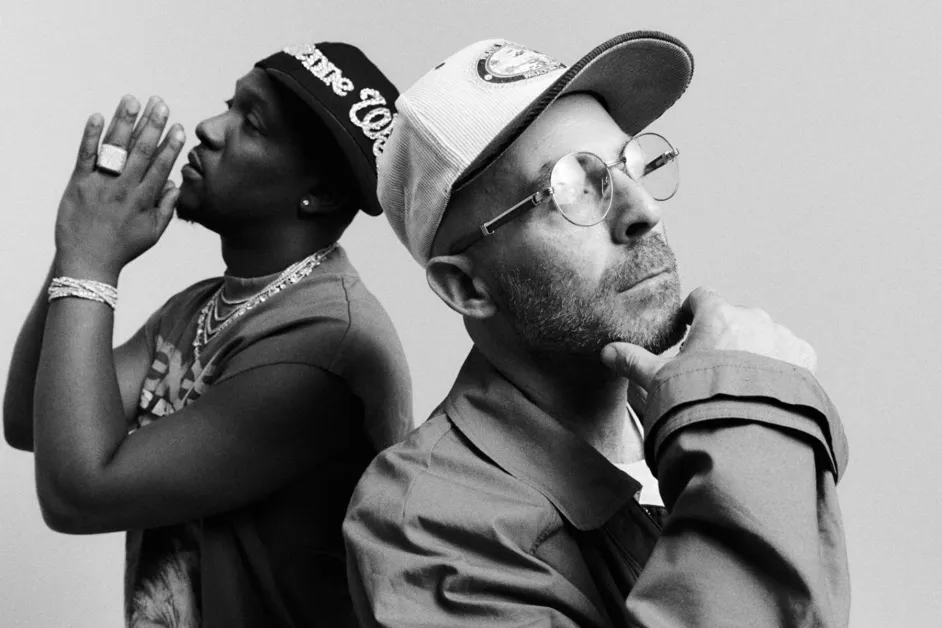Laufey’s “Lover Girl” is more than just a song—it is a wistful testament to the perseverance of earnestness in a culture moment saturated with detachment and digital detritus. An Icelandic-Chinese artist educated at Berklee, Laufey (pronounced Lay-vay) is crafting a sonic universe where classical string arrangements, 1950s jazz phrasing, and 2020s lyrical intimacy converge. “Lover Girl,” the opening track of her 2023 album Bewitched, has become both anthem and confession, quietly amassing millions of listeners who yearn not for spectacle, but sincerity.
“Lover Girl” isn’t merely about being in love—it’s about the act of waiting to be loved, of becoming love itself in anticipation. Through its deliberate melodic phrasing and subdued arrangement, the track sits like a handwritten letter found in a drawer, frayed at the edges, yet still imbued with the heat of longing. In a digital culture that tends to reward irony, Laufey’s sincerity comes off as revolutionary.
Historical Undercurrents: From Crooners to Confessionals
To understand Laufey’s position in the musical landscape, one must first turn to the legacy she is echoing. The romantic crooner, once embodied by Nat King Cole or Julie London, faded into obscurity by the late 20th century. The age of confessional songwriting took its place—think Joni Mitchell, Elliott Smith, or Amy Winehouse—where vulnerability became raw rather than velveteen.
“Lover Girl” draws from both traditions. Its instrumentation—a lilting guitar, a caressing cello, and Laufey’s breathy vocal—speak to the orchestral elegance of mid-century jazz. But lyrically, it’s starkly modern: “I’ve never liked a man enough to let him in / Not sure if I’m capable of loving.” Here, Laufey isn’t just a singer of songs, but a narrator of her generation’s quiet ache.
This blending of styles reflects her unique lineage—she grew up with Bach and Chopin in one ear, Ella Fitzgerald and Chet Baker in the other. Her classical training, paired with the lyrical straightforwardness of indie pop, births something tender and fresh: music that looks backward to move forward.
The Lyrics: An Ode to the Almosts
“Lover Girl” functions as both personal narrative and universal lament. The song captures the purgatory of the unloved romantic, the one who has yet to be chosen. But instead of bitterness, the tone is patient, even hopeful:
“I sit and wait at every party, hoping that you’ll ask me to dance.”
This image, almost Austenian in restraint, speaks to the emotional undercurrent of the song—a kind of wistful decorum. Laufey’s lyricism often resists the direct catharsis sought by many modern songwriters. Instead, it finds power in understatement.
Unlike heartbreak anthems that scream their sorrows, “Lover Girl” whispers. It doesn’t want revenge; it wants recognition. It is a song about the waiting period—before the relationship, before the validation, before the kiss. A period often erased by pop’s addiction to climax.
Aesthetic Commitment in an Age of Algorithms
Perhaps the most compelling element of Laufey’s work is her complete aesthetic dedication. From vintage dresses and minimalist album covers to analog recording techniques, she curates an environment that feels immune to the hyperactive, content-churning pace of TikTok and YouTube Shorts.
This deliberate slowness is not just stylistic—it’s philosophical. In a time when AI can generate choruses and influencers sell heartbreak as clickable content, Laufey creates songs that require quiet, even stillness. Listening to “Lover Girl” is less like scrolling and more like sitting on the floor next to a record player. It asks for attention—not with bells and whistles, but with intimacy.
That intimacy has ironically translated into virality. Laufey’s subtle, waltzing compositions often go viral on platforms like TikTok precisely because they are different. The yearning in “Lover Girl” makes it a frequent background to confessional videos, romantic montages, or wistful daydreams. The song has become a canvas on which millions project their own “almost loves.”
The Feminine Melancholy Reimagined
Laufey’s work, especially in “Lover Girl,” channels a specific kind of feminine melancholy—delicate but never weak, dreamy yet grounded. It evokes the heroines of Brontë and Alcott, women for whom emotion was a profound and often misunderstood strength.
But unlike those literary figures, Laufey is not simply waiting for a Mr. Darcy. She is acknowledging the longing while remaining rooted in self-awareness. There is no grandiose transformation; there is no destruction. Just a girl, loving softly from a distance. Her subjectivity is not contingent upon another’s desire—it exists fully in her solitude.
This is radical in its own quiet way. It presents unrequited love not as a failure, but as a state of being that is beautiful in itself.
Influence and Evolution: Laufey Among Her Peers
Laufey belongs to a growing cohort of artists rejecting genre rigidity: Mitski, Faye Webster, Weyes Blood, and even Phoebe Bridgers to an extent—all of whom blend vintage influences with modern sensibilities. But Laufey’s use of jazz, classical guitar, and chamber pop set her apart.
She stands at the intersection of time periods, genres, and continents. Her heritage, education, and natural inclination for nuanced narrative place her in an unusual category: a postmodern romantic. Her music is neither retro nor futuristic—it is liminal.
“Lover Girl” especially encapsulates this temporal blending. It sounds like a song your grandmother might have danced to in the 1940s, but its lyrics are unmistakably attuned to contemporary ennui. It is both nostalgic and now.
The Lover Girl as Archetype and Reality
In Laufey’s “Lover Girl,” we find more than a song—we find a character. She is the one left out of the frame in modern pop, the one who still believes in love letters, in waiting, in watching from the sidelines. And in giving her voice, Laufey reclaims that experience not as failure, but as art.
No comments yet.








